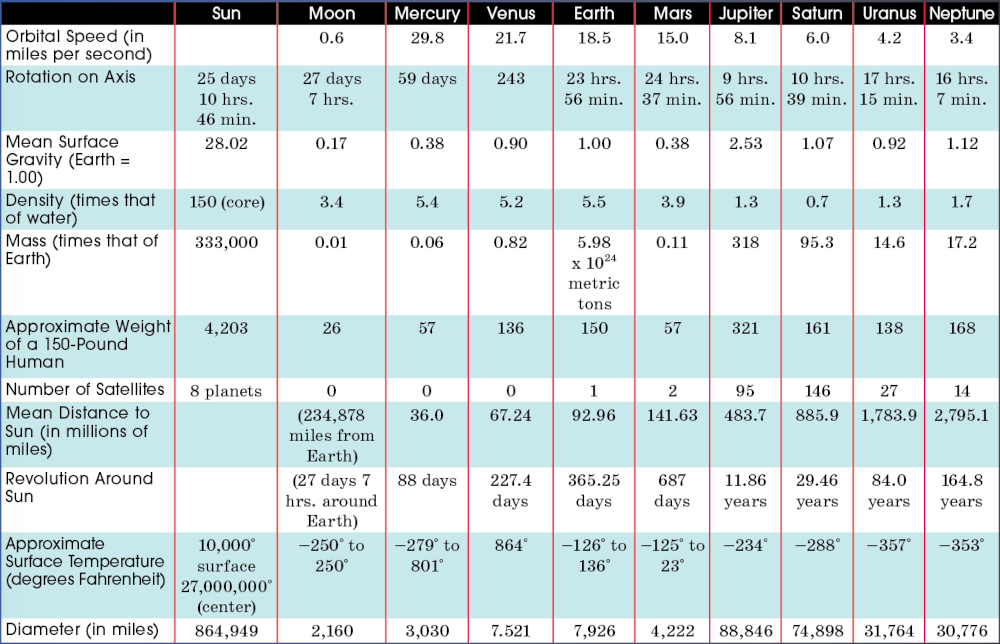WOC 555
Page 555
Science
The science facts that follow should be both interesting to use and helpful to have at your fingertips. “Animal Facts,” “Periodic Table of the Elements,” “The Metric System,” and “Planet Profusion” all hold useful information that you may need in science class and life in general.
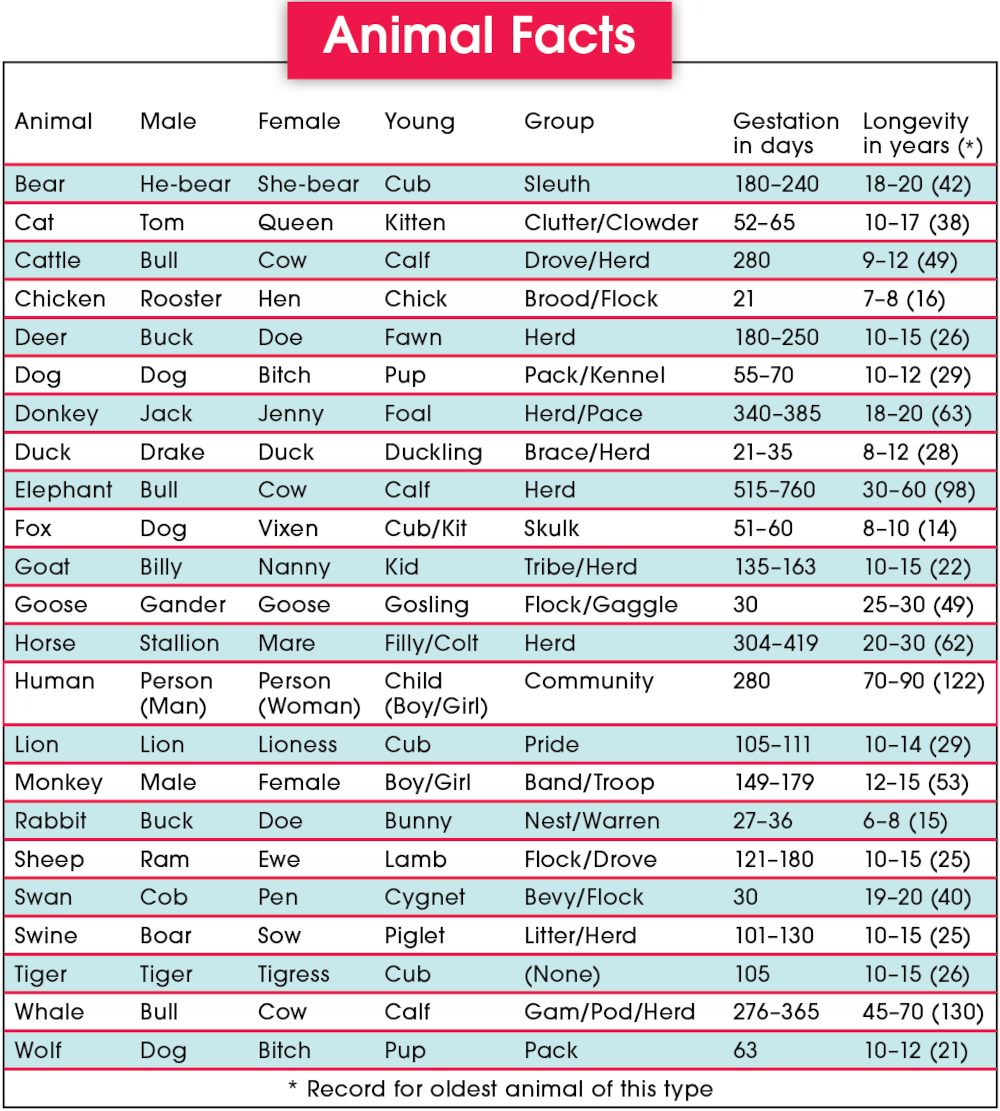
WOC 556
Page 556
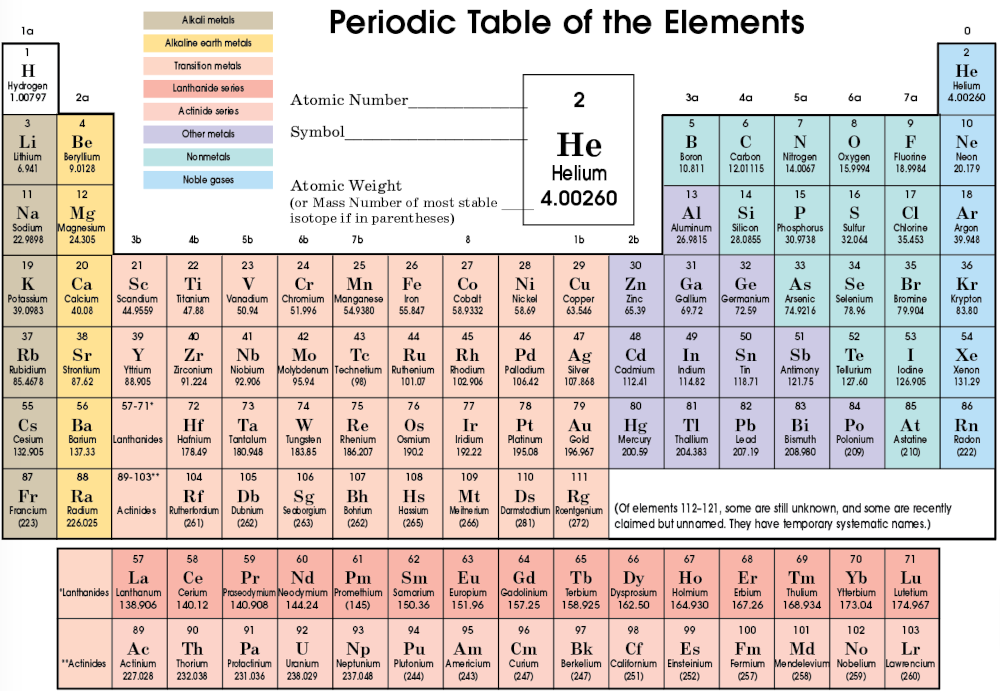
WOC 557
Page 557
The Metric System
Even though the metric system is not the official system of measurement in the United States, it is used in science, medicine, and some other fields.
The metric system is a form of measurement based on the decimal system (units of 10), so there are no fractions. The table below lists the basic measurements in the metric system.
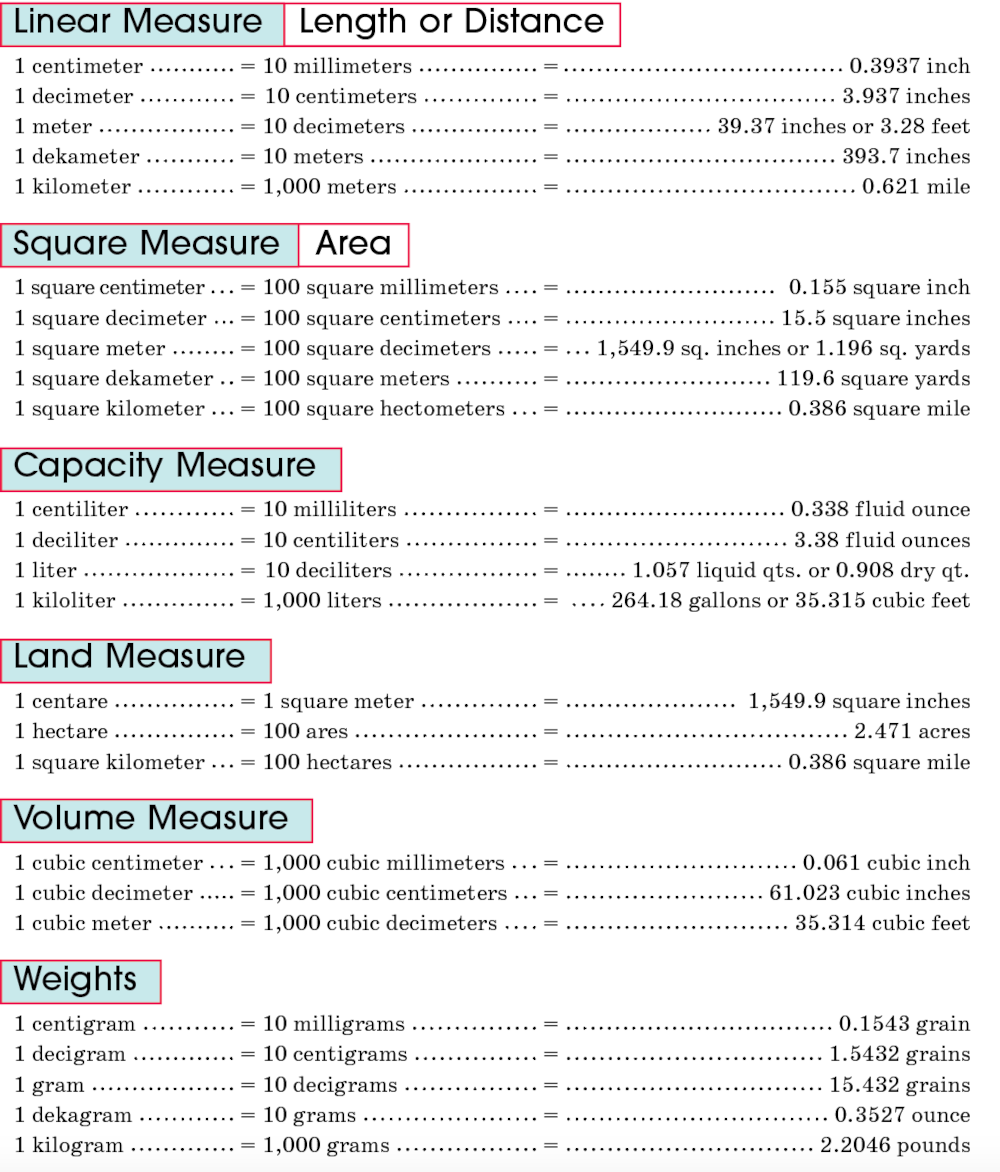
WOC 558
Page 558
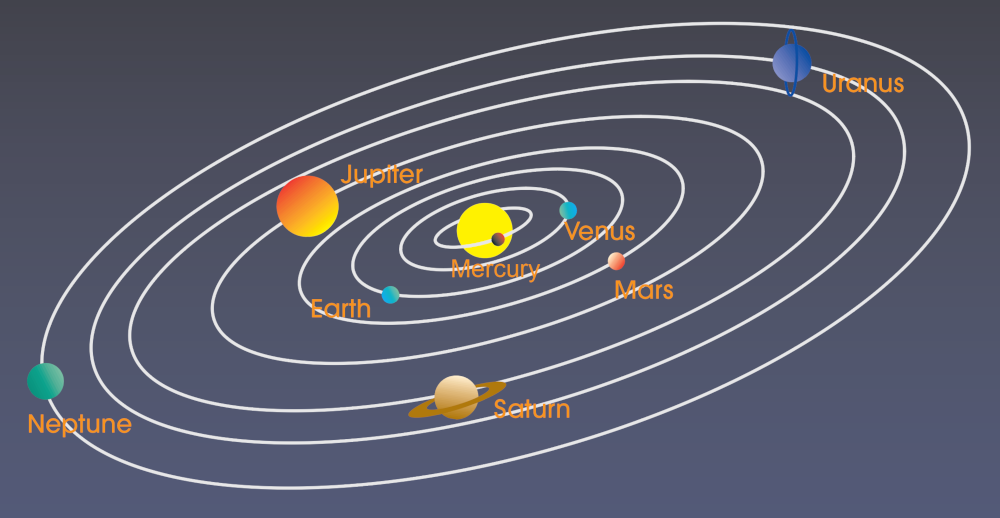
Planet Profusion
There are hundreds of billions of galaxies in the universe. Our solar system is located in the Milky Way Galaxy, which is 100,000 light-years in diameter. Even though this galaxy contains an estimated 100 billion stars, our solar system contains only one star—the sun. The sun, which is the center of our solar system, has eight planets and myriad dwarf planets, asteroids, meteorites, and comets orbiting it. The planets are large, nonluminous bodies that follow fixed elliptical orbits about the sun. (See the illustration above.)
Some of the planets are considered terrestrial planets—Mercury, Venus, Earth, and Mars—which resemble Earth in size, chemical composition, and density. They have rocky bodies and distinct atmospheres. Some planets are considered Jovian planets—Jupiter, Saturn, Uranus, and Neptune—which are much larger in size and have thick, gaseous atmospheres, low densities, and only a small hidden rocky core. The dwarf planets are balls of rock and ice large enough for gravity to make them round, but too small to clear away other objects in their orbits. Some, like Pluto and Eris, have at least one moon. An estimated 200 dwarf planets lie beyond Neptune in the “Kuiper belt.” Only Ceres is closer, in the asteroid belt between Mars and Jupiter.
WOC 559
Page 559
